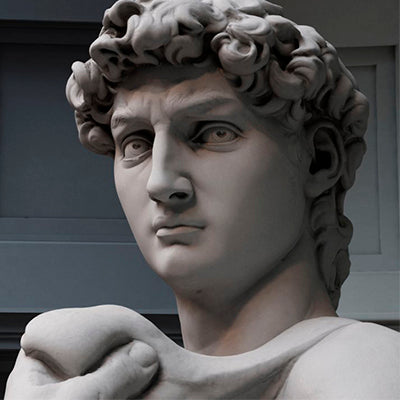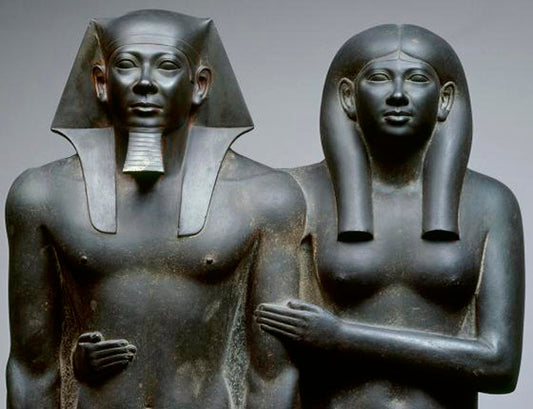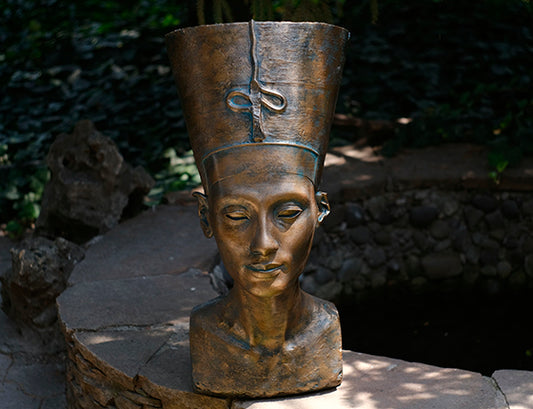








Product information
WARNING!
The site is up and running, but still under construction.
That's why some pictures of sculptures are in bad quality.
All our sculptures are handcrafted by our craftsmen to perfect condition. We are working on the quality of the content in our online store.
Please, if you like any sculpture but you are not sure how it will look like in real life, write us an email and our managers will give you all the information you need.
Sculpture reproductions are a popular way of making art more accessible. We use several methods to create reproduction sculptures, each with its unique process.
- Creation of plastic sculptures:
To create a plastic sculpture reproduction, we use 3D printing technology. The first step is to print a plastic version of the original sculpture using a 3D printer. After 3D printing, we process the plastic sculpture by hand, which includes sanding, smoothing, filling any gaps or imperfections, and covering the sculptures with a special material to ensure durability for outdoor use. Our goal is to create a high-quality replica that faithfully reproduces the original sculpture. Once the plastic sculpture has been sanded and smoothed, we paint it by hand using high-quality paint in plaster, marble, bronze, and other colors to achieve a durable finish.
- Creating impressions:
Many reproductions are created using environmentally friendly materials such as marble, plaster, and bronze. These materials are used to create high-quality replicas that look and feel like the original sculpture. The process of creating a casting involves making a mold of the original sculpture and then pouring the chosen material into the mold. This process requires a lot of manual work to keep the shape accurate and without air bubbles.
After the material has hardened, we remove the mold and clean and finish the reproduction by hand. This process ensures that each sculpture is a high-quality copy of the original sculpture.
Creating reproductions of sculptures requires great skill and attention to detail. Regardless of whether we use 3D printing technology or traditional casting methods, our goal is always the same: to create a high-quality replica of the original sculpture that accurately reflects the artist's vision. With the use of environmentally friendly materials and an emphasis on manual work, we ensure that our reproductions are of the highest quality.
We have a big database of 16,000 sculpture models from museums around the world! We also carry out any individual orders. Click the button and leave your question
- Production and delivery time
Sculptures up to 18 inches in size take 2 to 3 weeks to produce. We do not have mass production, as each sculpture is handmade by our craftsmen, making each sculpture unique. Sculptures larger than 18 inches require different lead times, depending on the size and complexity of the sculpture and its coating. Our managers will let you know the lead time for custom orders.
Delivery takes on average 2 weeks from the time of shipment. Since we are located in Ukraine, delivery time depends on the recipient country. But usually it is not more than 3 weeks anywhere in the world.












